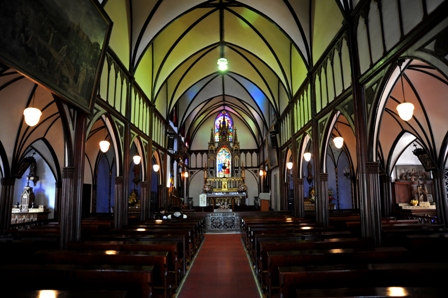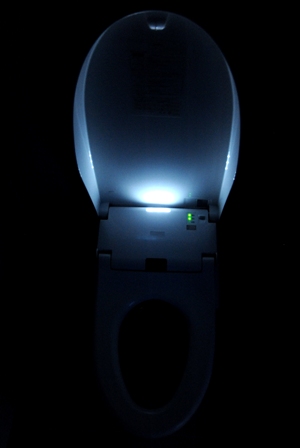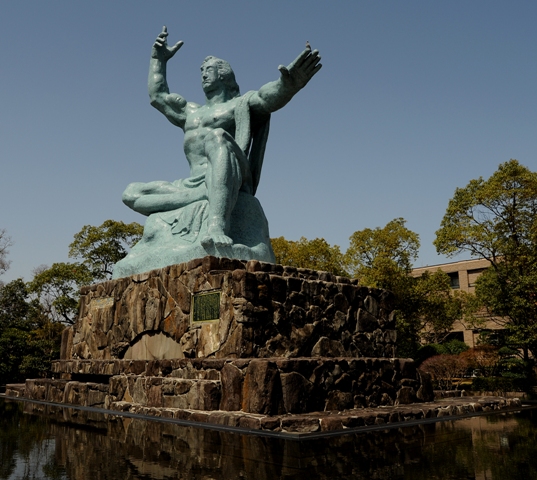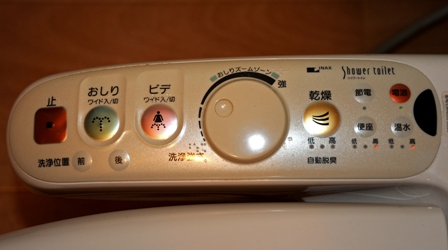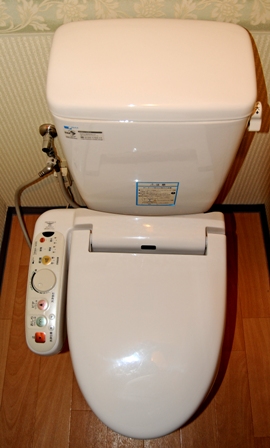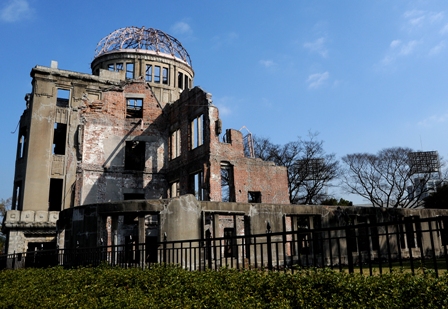
Hiroshima.
The name is synonymous with the A-Bomb. The two are interlocked, interchangeable, forever connected by the one ghastly day.
On August 6, 1945, at 8:15 am, the atomic war age began. Since that moment there has not been a day that “nuclear” (even when mispronounced) wasn’t perched on the lips of the world. I would carve up human time into BB (before the bomb), and AB (after the bomb). We are living in the year 65 AB.
Those who lived in Hiroshima those 65 years ago would have preferred that another city (or best, none at all) had received the “First to be A-Bombed” honor. But Hiroshima met the U.S military criteria (had not been previously bombed, few known US prisoners of war, significant military industry, clear weather on the day of the bombing) and the Enola Gay successfully completed her mission. One B-29, one bomb, and within minutes over 100,000 Hiroshima residents were dead or dying.
There were other bombings in WW II with a higher loss of life – the fire bombings of Tokyo and Dresden, for example. In the six weeks after Japan conquered Nanking as many as 300,000 men, women, and children were butchered. The Battle of Okinawa resulted in around 240,000 deaths, more than half of them civilians. The Battle of Stalingrad may have cost as many as 1 million lives. WW II is when the human race perfected the mass slaughter of soldiers and civilians. WW II brought mass killing into the industrial age.
But the atomic bomb, Little Boy, forever defines the killing in Hiroshima as singular. After that moment the world knew that no one could hide, no one could be safe. Within two years the Soviets would have the bomb, and the race to hell would begin.
We visited where it all started – the epicenter in Hiroshima. The US military had designated the t-shaped Aioi Bridge as the target, and the bomb detonated around 1500 feet above that spot. Virtually nothing remained of the city or its inhabitants below, and what did survive the initial blast soon burned in the massive conflagration. People would continue to die of radiation-related illnesses for decades.
One of the buildings that still remains is the Genbaku or A-Bomb Dome. Everyone in the building died instantly, but the dome miraculously survived the direst blast from above. The dome has been renovated at least twice to keep it in its immediate post-bombing condition. The dome, to this day, is Hiroshima’s connection between the death of the past and the life of the future. The Genbaku also serves the world as the symbol of the atomic war age.
The triangular stretch of land that ends at the Aioi Bridge, completely leveled by the A-Bomb, has been designated as the Hiroshima Peace Memorial Park. We walked across the Motoyasu Bridge and made our way toward the Hiroshima Peace Memorial Museum.
The carefully manicured and landscaped park bears no resemblance to its condition after the bombing. Little remains of the detritus from that time. However, the museum itself does house an impressive collection of artifacts, photographs, and first-hand accounts of that moment. We spent at least two hours in the museum, and easily could have doubled the time without seeing it all.
As in Nagasaki, the museum in Hiroshima invests most of its resources in telling the story of the A-Bomb – its development, its developers, its use. What Hiroshima does not do (nor does Nagasaki) is provide a broad context within which the A-Bombing might be better understood.
Here is an example. Only in a back corner did I find any mention of the Japanese atrocities in Nanking. There I found a poster from that era showing the residents of Hiroshima celebrating the fall of Nanking. At the bottom right corner of the exhibit are these words – “In Nanking, however, Chinese people were being massacred by the Japanese Army.”
Next, though, is this information in brackets, as in an afterthought:
[Reports of the number killed vary depending on the area and the times studied. Some estimates are in the tens of thousands, while others put the figure well over 100,000. In China, the most common estimate is 300,000.]
What the exhibit and museum fail to mention is that the low-ball figure is the one most often quoted by ultra-nationalists in Japan who, like Holocaust deniers, would like for Nanking to fade into obscurity. For that reason China voted at the UN against World Heritage status for Hiroshima, and the US abstained.
I do believe that the sins of the fathers shall not be visited on their sons. But I also believe that the truth will set you free (I apologize for two hackneyed adages in a row). The Hiroshima museum is a wonderful exhibit, but its failing to provide an objective perspective of the bombing diminishes its value. You will find fact here, but not enough to lead you to the truth.
Please, I am not trying to underplay the tragedy of Hiroshima. But how do you ensure that such devastation does not happen again if you do not understand why Hiroshima happened in the first place? You cannot fully understand Gettysburg without first acknowledging the sins of slavery. You cannot fully grasp the Mideast today without acknowledging the sins of the colonial powers after WW I. You cannot fully comprehend the bombing of Hiroshima without clearly acknowledging the Rape of Nanking.
I am not pointing fingers. All of the responsible parties have departed this life. But selective interpretation is dishonest interpretation, and does not aid the viewer and visitor in coming to a better understanding of the past and how it might guide the future.
Interpretation, to be honest, must at times be impolitic. Interpretation, at times, must take risks. Interpretation is a quest, a trip with no end, with no final destination. Interpretation is endlessly turning over rocks, hoping to find a scrap or shard underneath that might fit into the jig-saw puzzle of the past.
Interpretation is not an exact science, for our work, our investigation, is never complete. The questions and disputes are never settled. Interpretation is impressionistic, offering enough information, enough color, to allow a viewer to discern the essence (if not the detail) of the subject. I left Hiroshima still wanting to see more of the color of the tragedy of the war and less of the fact of that one moment in time.
Ted
25 Mar 2010
